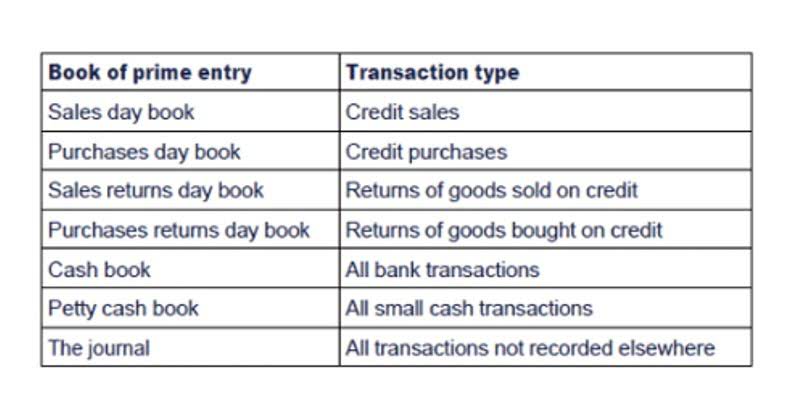
For a labor intensive manufacturing environment, direct labor hours is probably the most accurate base, while in a more automated manufacturing environment, machine hours is probably a better choice. Another advantage of a predetermined overhead rate is that it can be used to plan for the cost of future projects. If a company wants to use the actual overhead rate to calculate the cost of a project, it is unable to do so until after the project has been completed and true costs are known. Estimating the cost relative to the activity base allows managers to budget for future projects.
Why Must a Company Prepare a Predetermined Overhead Rate When Using Job …

Fixed overhead costs are costs that do not change even while the volume of production activity changes. Fixed costs are fairly predictable and fixed overhead costs are necessary to keep a company operating smoothly. Indirect costs are costs that are not directly traceable to an activity or product. Cost objects are items for which costs are compiled, such as products, product lines, customers, retail stores, and distribution channels. Establishing a predetermined overhead rate for your business can give you a tool to help keep expenses in proportion with sales and production volumes. Monitoring a well-defined rate provides a quick signal that lets you know when it’s time to review spending and, in doing so, will help you protect your profit margins.

Reasons for Predetermined Overhead Rate Your Business

Without apredetermined rate, companies do not know the costs of productionuntil the end of the month or even later when bills arrive. Thus each job will be assigned $30 in overhead costs for every direct labor hour charged to the job. The assignment of overhead costs to jobs based on a predetermined overhead rate is called overhead applied9. Remember that overhead applied does not represent actual overhead costs incurred by the job—nor does it represent direct labor or direct material costs. Instead, overhead applied represents a portion of estimated overhead costs that is assigned to a particular job.
Closing the Manufacturing Overhead Account
After weighing the total costs for the period against the resulting supply, the predetermined rate is reached on a per-unit basis. Calculating predetermined overhead rates is useful for businesses in a number of ways. The immediate predetermined overhead rate benefit is to assist with pricing, and to understand the margin on each product and sale. Predetermined overhead rates are calculated estimations that factor the overhead into to total manufacturing cost-per-unit, for a specific period of time.
- Fixed overhead costs are costs that do not change even while the volume of production activity changes.
- Boeing Company is the world’s leading aerospace company and the largest manufacturer of commercial jetliners and military aircraft combined.
- The dynamic nature of business necessitates periodic reassessment and adjustment of the predetermined overhead rate.
- It is a proactive approach, allowing businesses to streamline the cost allocation process and manage indirect expenses that are not directly traceable to a single product or service.
- If Creative Printers had used actual overhead, the company would not have determined the costs of its July work until August.

The company needs to use predetermined overhead rate to calculate the cost of goods sold and inventory balance. Cost of goods sold equal to the sales quantity multiply by the total ledger account cost per unit which include the overhead cost. We also use the same rate to calculate the inventory balance at the end of accounitng period. However, the variance between actual overhead and estimated will be reconciled and adjust to the financial statement. The predetermined overhead rate also plays a role in variance analysis, a tool used to assess performance by comparing actual costs to standard or budgeted costs.
Using a predetermined overhead rate is advantageous to company planners because it helps them form strategies for the future. Using Medical Billing Process this calculation gives the best possible estimation of costs based on relatively comfortable overhead estimations. If a business uses an actual overhead cost, they would not be able to determine true costs until after the production has actually happened. The concept of predetermined overhead rate is very important because it is used most of the enterprises as it enables them to estimate the approximate total cost of each job. Larger organizations employ different allocation bases for determining the predetermined overhead rate in each production department. Though allocation bases can vary, the most commonly used are direct machine hours and direct labor hours.
B. Importance of Predetermined Overhead Rates
- Factory overhead costs are allocated to jobs in process using a predetermined overhead rate.
- Cost objects are items for which costs are compiled, such as products, product lines, customers, retail stores, and distribution channels.
- If the amount is material, it should be closed to three different accounts—work-in-process (WIP) inventory, finished goods inventory, and cost of goods sold—in proportion to the account balances in these accounts.
- Specifically, the predetermined overhead rate is an approximated ratio of manufacturing overhead costs determined in advance based on variable and fixed costs.
- Overhead expenses include accounting fees, advertising, insurance, interest, legal fees, labor burden, rent, repairs, supplies, taxes, telephone bills, travel expenditures, and utilities.
The movie industry uses job order costing, and studios need to allocate overhead to each movie. Their amount of allocated overhead is not publicly known because while publications share how much money a movie has produced in ticket sales, it is rare that the actual expenses are released to the public. The overhead rate or percentage is the sum your organization spends on making an item or providing services to its clients. Calculating the overhead rate can be done by dividing the indirect costs by the direct costs and multiply by 100.
Cost Accounting
The rate is configured by dividing the assumed overhead amount for a particular period by a certain activity base. If the amount is material, it should be closed to three different accounts—work-in-process (WIP) inventory, finished goods inventory, and cost of goods sold—in proportion to the account balances in these accounts. Overhead expenses are what it costs to run the business, including rent, insurance, and utilities. Overhead expenses should be reviewed regularly in order to increase profitability. This analysis is integral to continuous improvement efforts within an organization.
